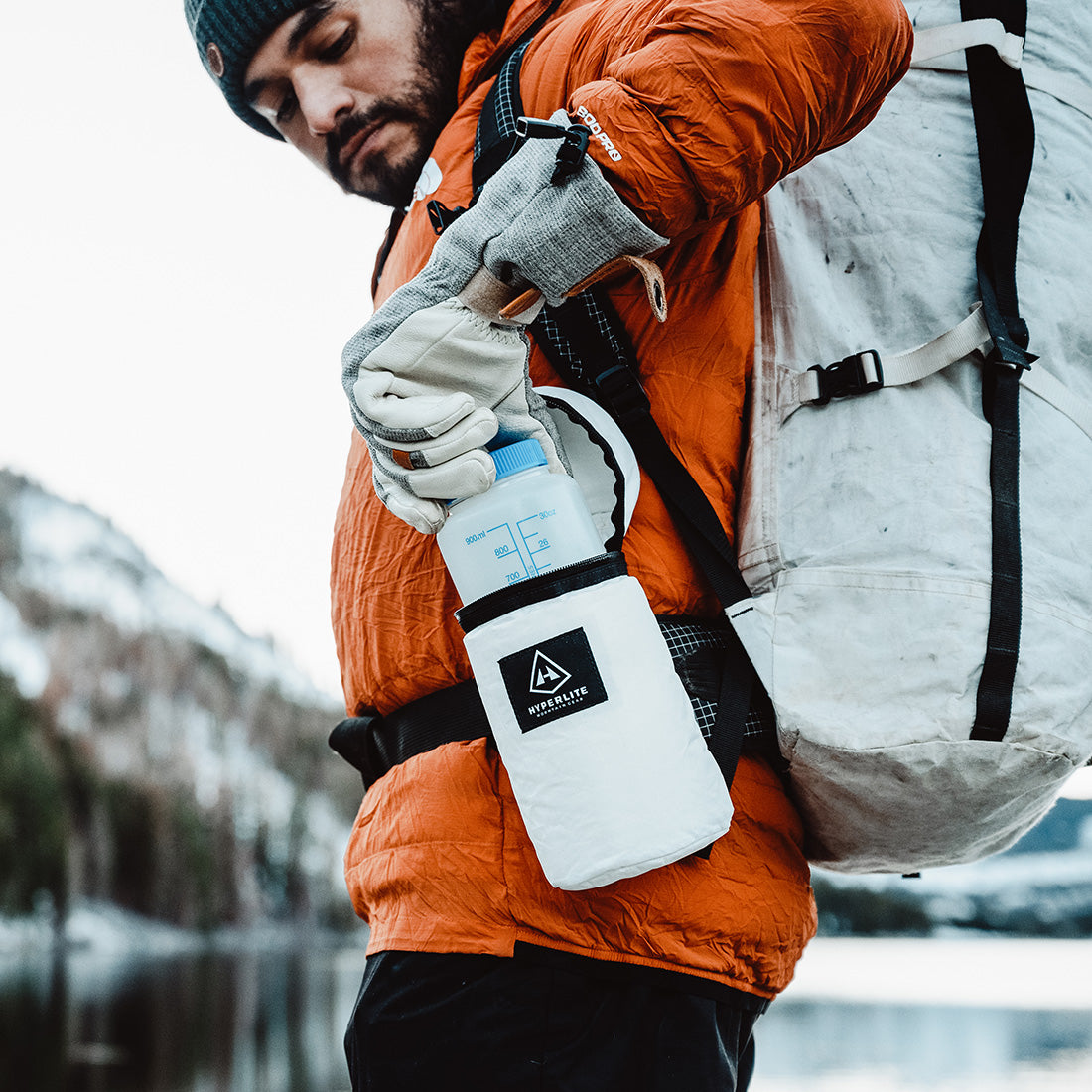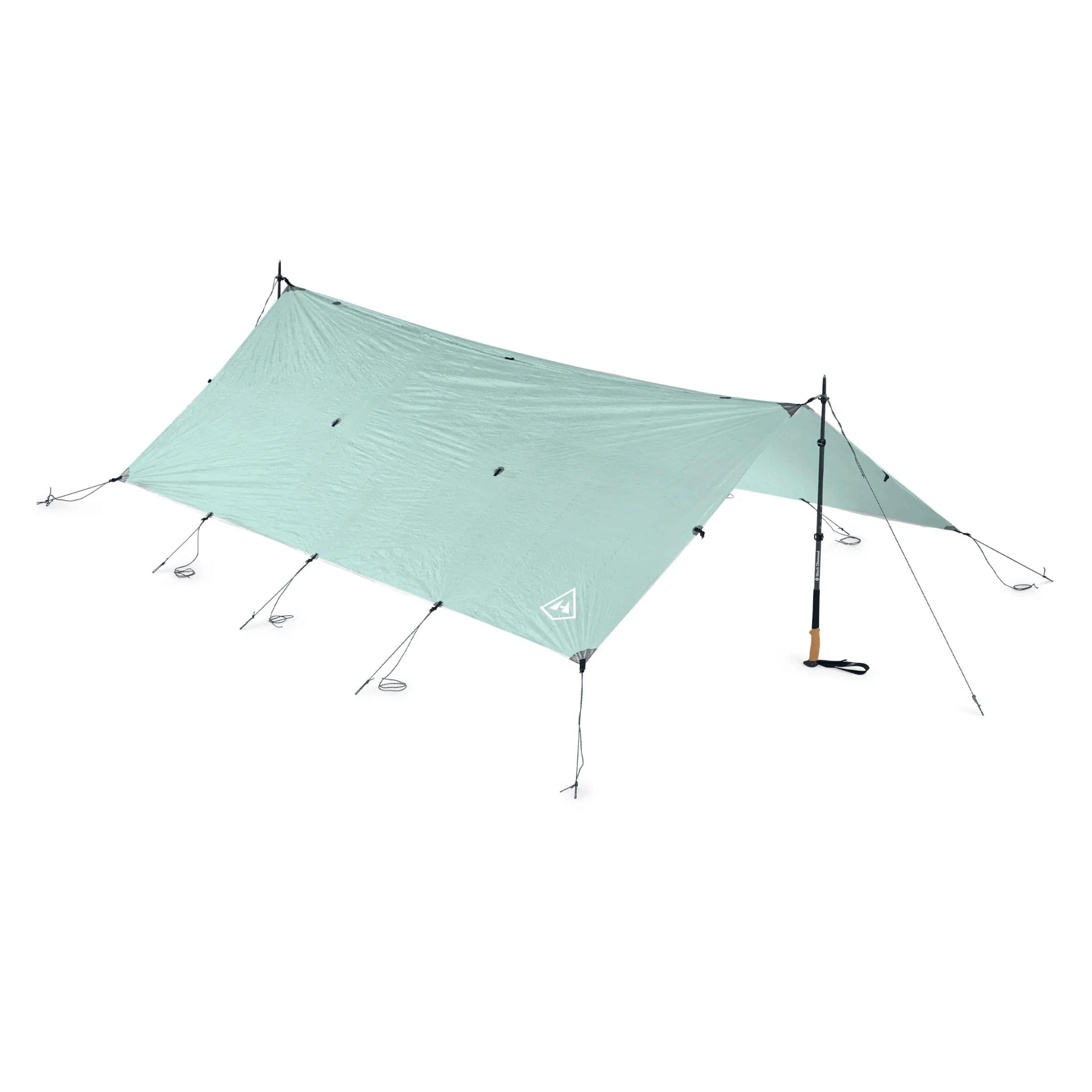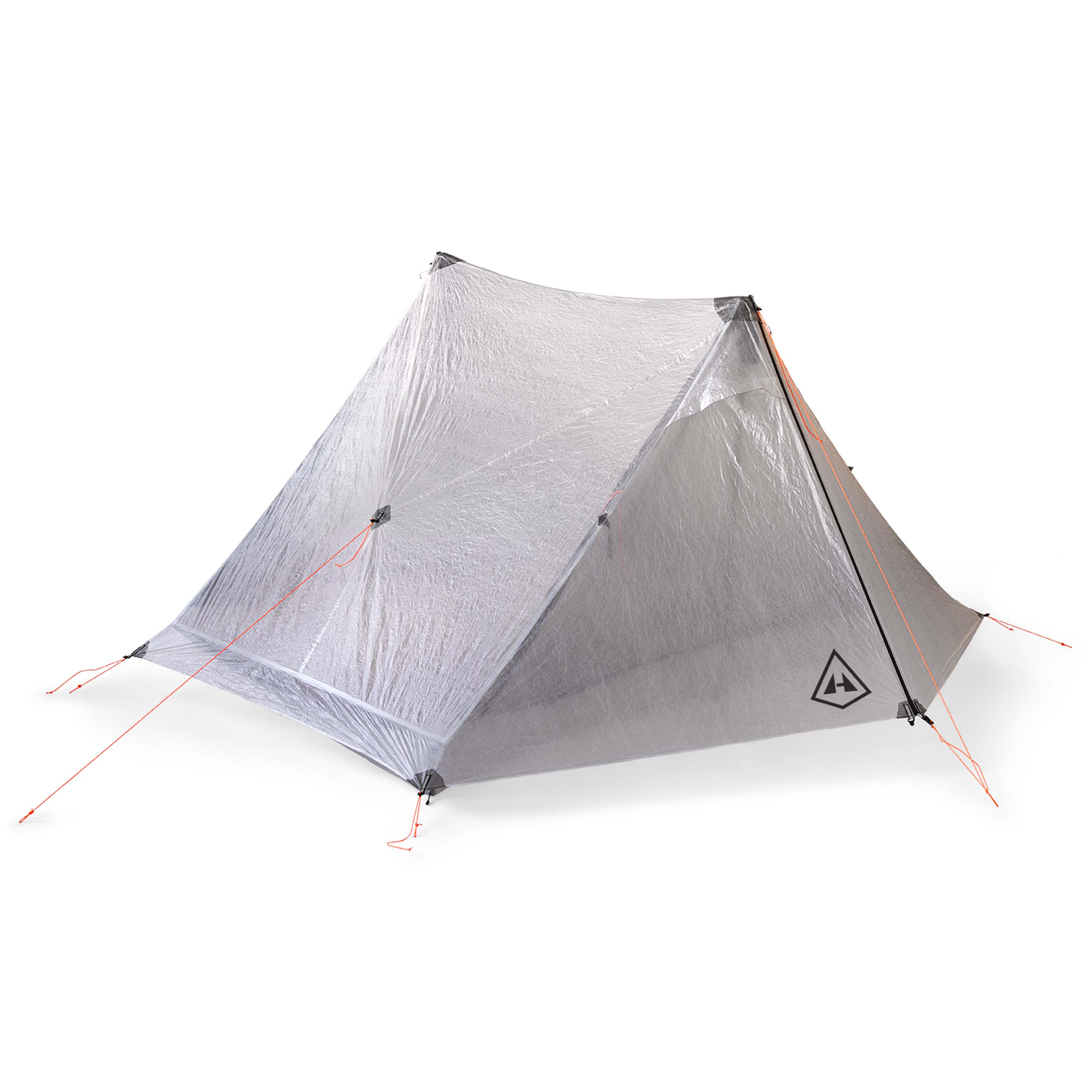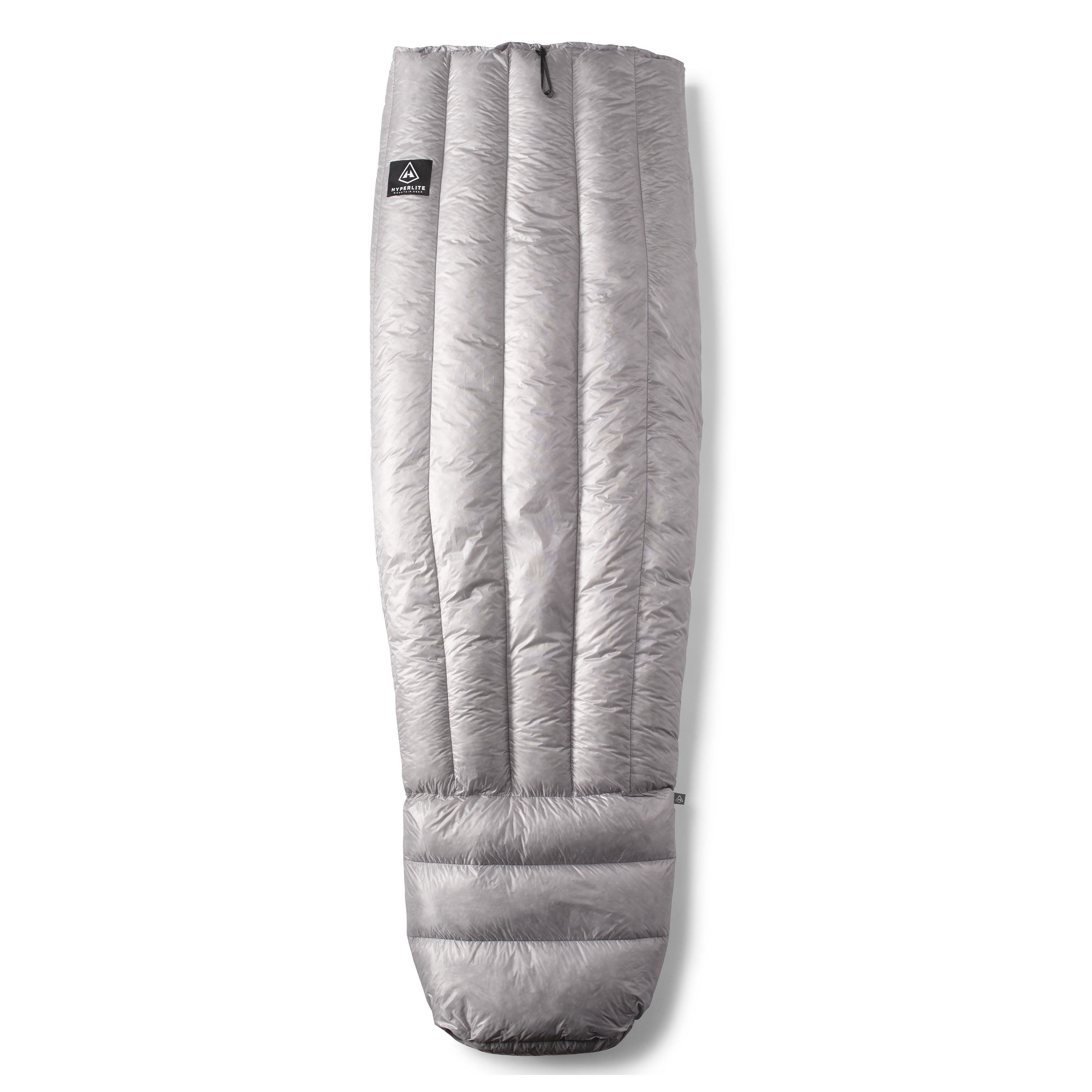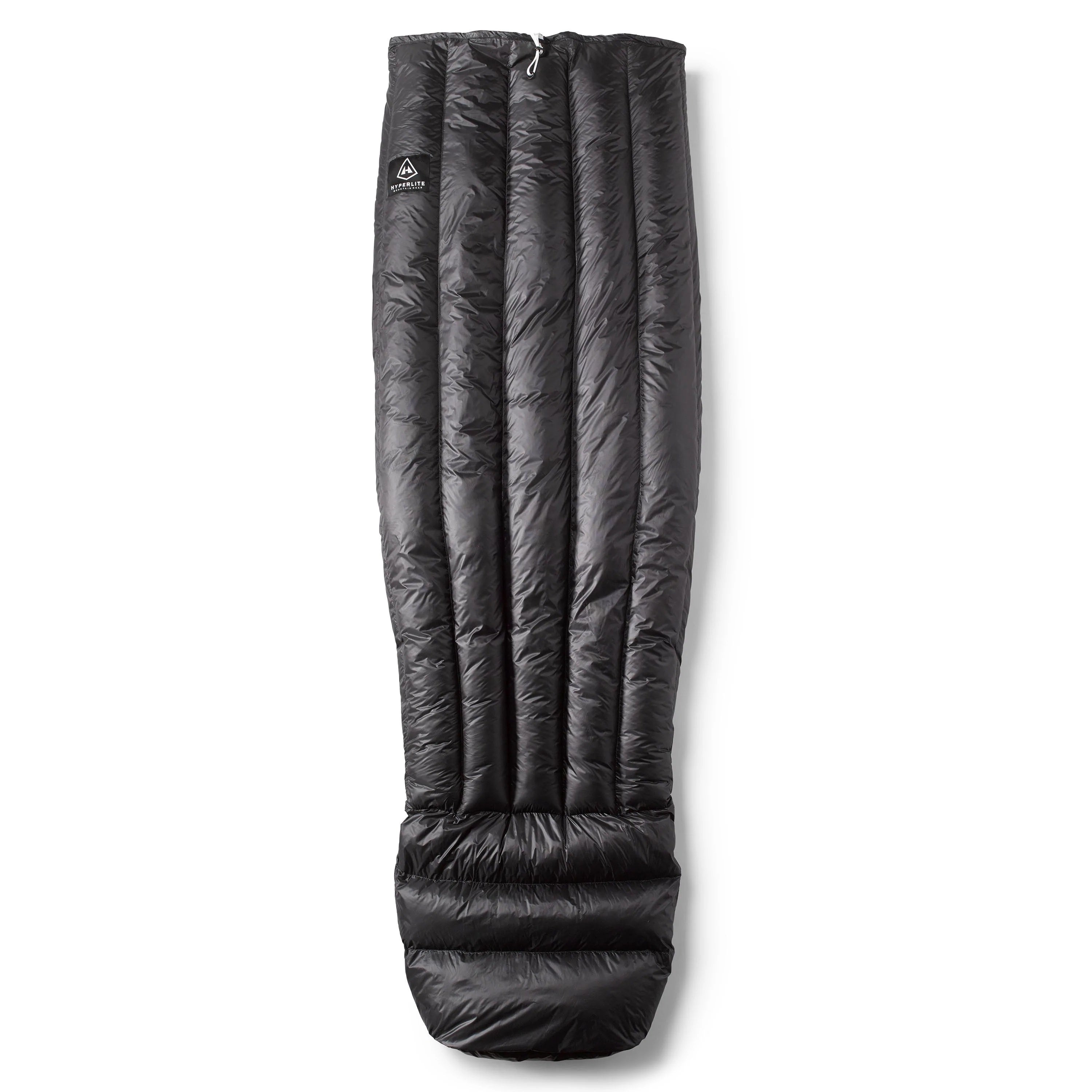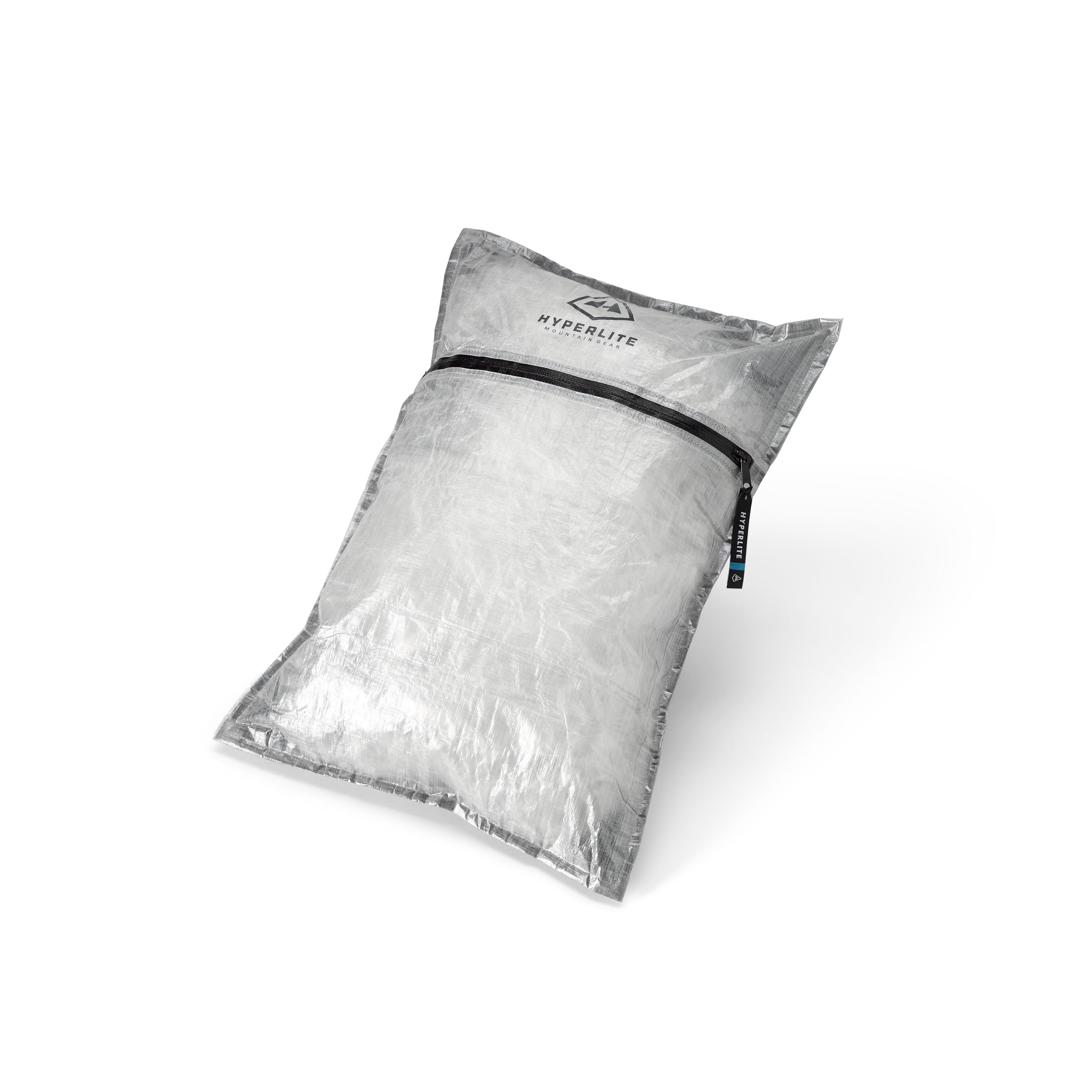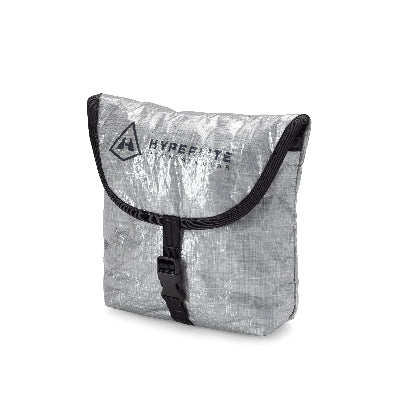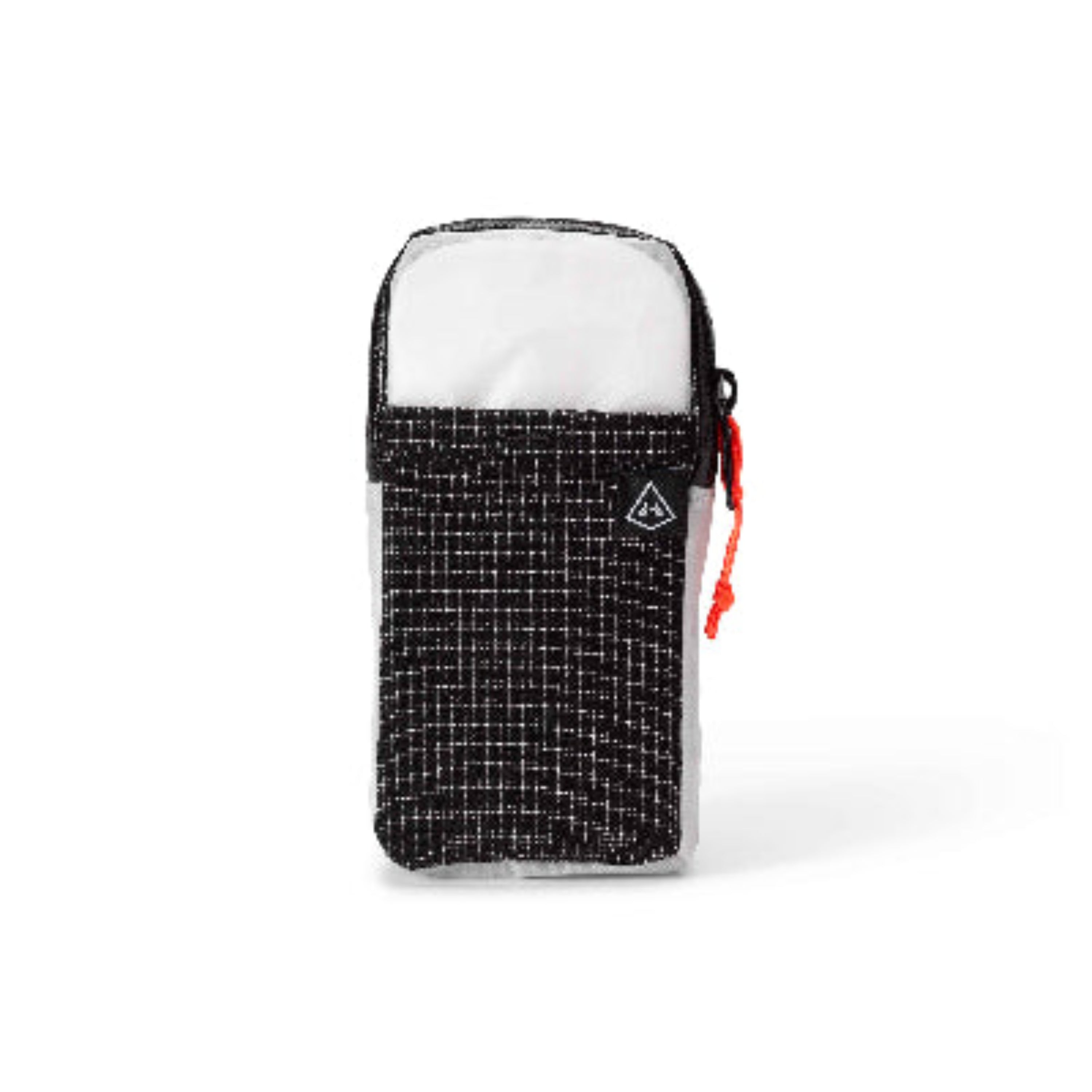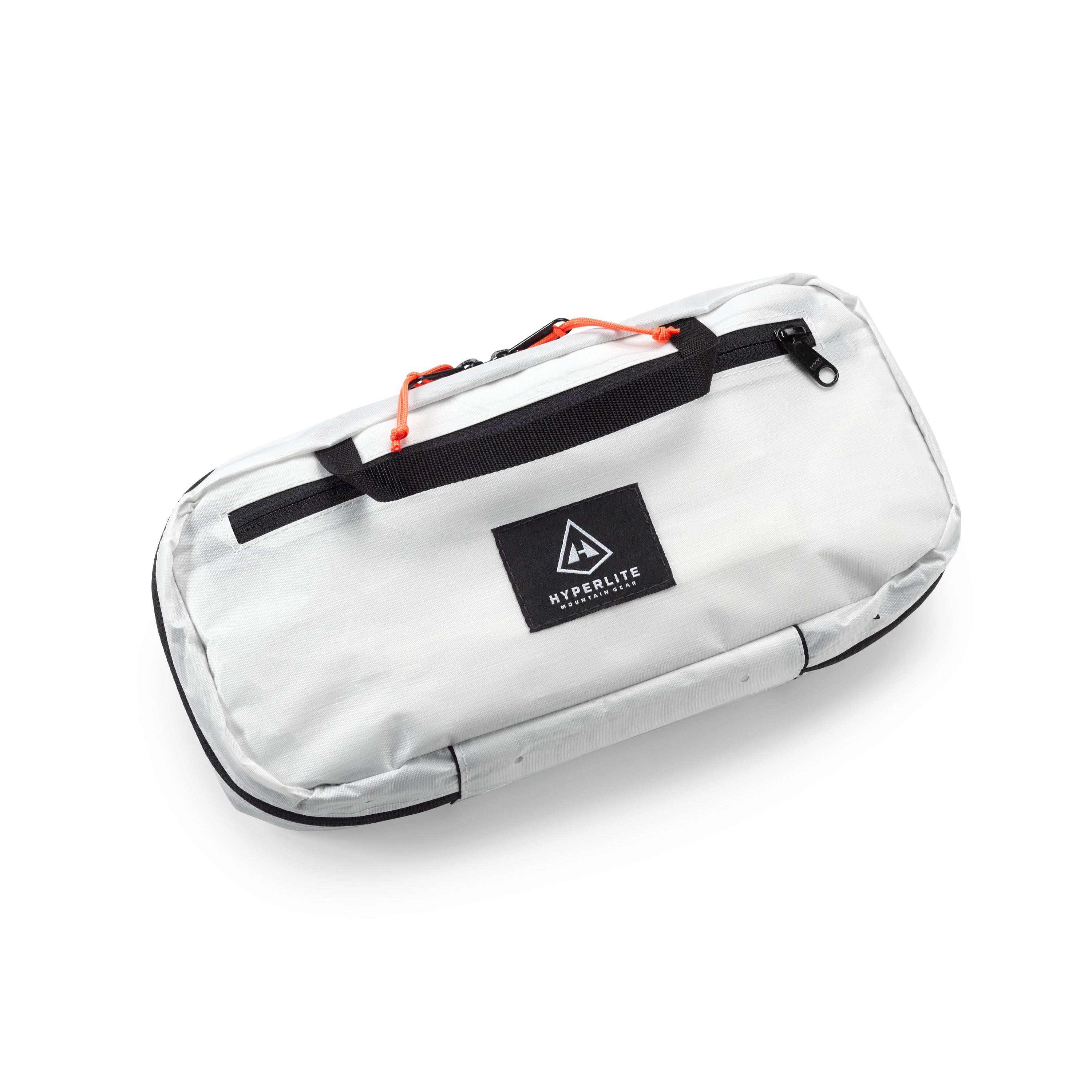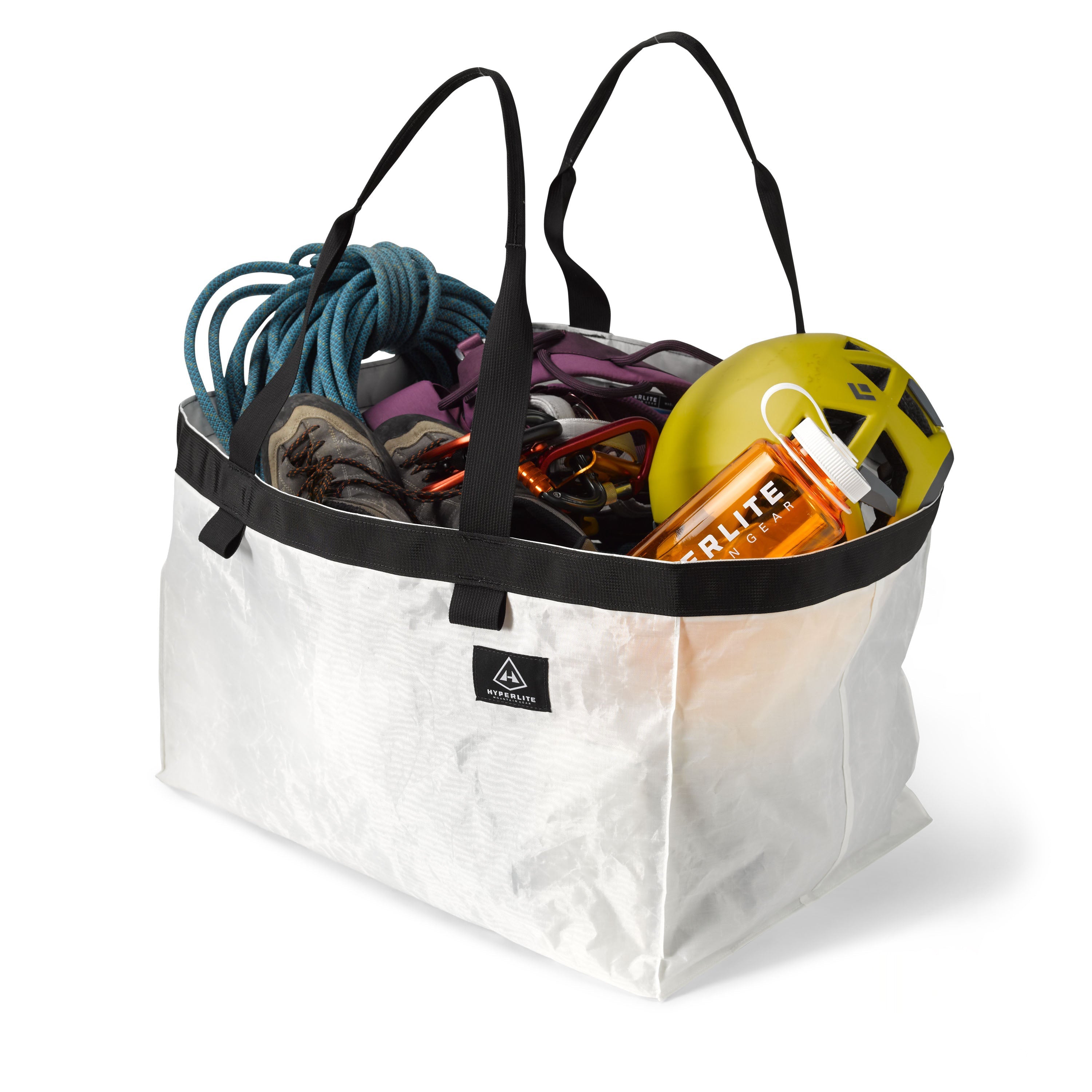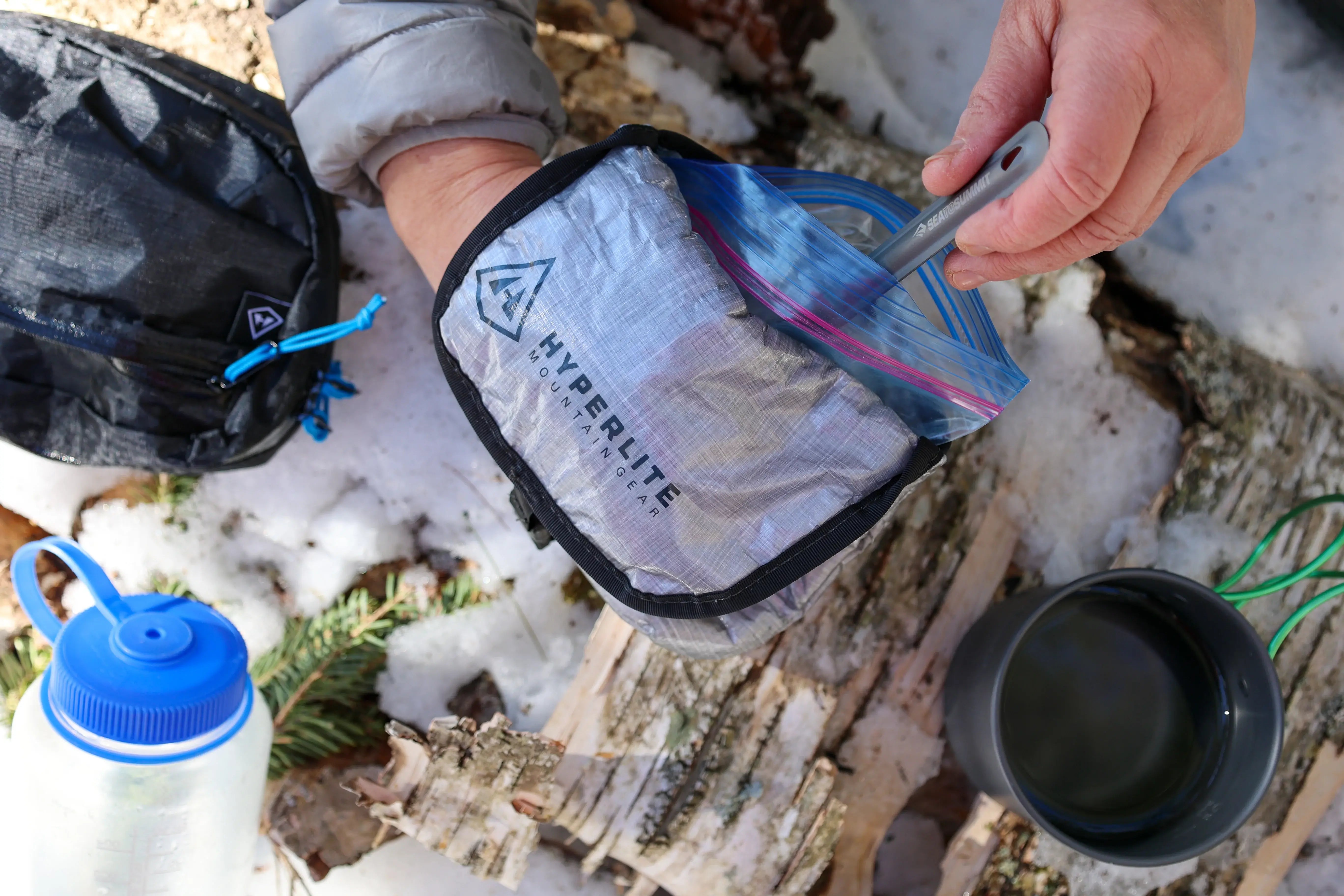Any time spent on the Hyperlite Mountain Gear blog or website will quickly reveal that we have some very talented photographers from all over the globe in our family. There are a million ways to document a place or people and a moment in time, but a great photographer captures it all while telling you a little bit about themselves, too. We're pleased to introduce you to Eleanor Moseman. Read on to learn how Eleanor approaches her craft and gain a few skill-building tips and nuggets of wisdom in the process.
Name: Eleanor Moseman
Residence: United States but was based in China from 2007 to 2020
Years Shooting: 22 but "professional" (100% of work income) would be 13 years
Favorite Location(s) to Shoot: Tibet
Camera Setup: The Nikon Z6 system with prime lenses and the Fuji GFX 50S II has entered the family. Besides camera gear, my other required tool is my Mandarin and beginner Tibetan language skill.
What got you into photography, and what keeps you at it?
I have been into the arts since I was a child. Through high school, I was into sketching, oil pastel, and watercolor. One Christmas, I received my first camera, a used Canon A-1, and I began taking photos to create sketches and paintings from. This continued into college, where I majored in Photography and Film. I went to punk and metal shows, and I was that girl in front that took photos of the bands. In contrast, my other work was self-portraiture with disguises that made commentary on women's roles and stereotypes in culture, media, and history.
To sum up 22 years in a short time, I embarked on a solo bicycle tour through Asia from 2010 to 2012 because I was a bit lost in life, depressed, and didn't know what I wanted to do with photography. I was jaded by the art world after living in NYC for five years and knew there was something better out there for me. That's what started me on my path of photojournalism.
I put my pants on every morning because I know my photography and first-hand accounts of cultures, people, and traditions in Asia may make an impact. I'm deeply invested in sharing the stories of highly persecuted peoples, such as Uyghurs and Tibetans, but also showcasing their strength, bravery, love, and conviction. Women's issues in Asia and environmental issues are two things that really tug at my heartstrings.
 What keeps me at it–literally–is that I have no other option. There are voices that need to be heard and stories that need to be shared. Unfortunately, I am just the carrier, and at times, when I feel like I'm failing, it feels as if I am not bringing justice to the people I love and respect.
What keeps me at it–literally–is that I have no other option. There are voices that need to be heard and stories that need to be shared. Unfortunately, I am just the carrier, and at times, when I feel like I'm failing, it feels as if I am not bringing justice to the people I love and respect.
Out in the wild, what are the elements in a setting that will stop you in your tracks and make you grab your camera?
Photography can't exist without light, so that's one of the primary things that will stop me in my tracks. Coming from a more classical art background, Rembrandt lighting and landscapes that resemble Tucker is what wows me. Spending most of my time on the high Tibetan plateau, 3000m to 5000m, you really have to get that photography work in early mornings and later afternoons. That sun just kills all mood of lighting.
 The other moment is when I disappear from the activity. I'm often very involved in the lives of the people I photograph. When we finally get to the point that they just accept me as "family" and become accustomed to the camera, that's when the magic happens. That's when I catch intimate moments that most would never be able to experience. Do I have any complaints about being a woman out there in the "wild"? Oh, heck no! It's brought me countless experiences and help over the years because I am more approachable and trustworthy than men. This is generally speaking, of course. But I honestly recognize my privilege of being a white American woman and the access it's granted me inside homes and into some of the most intimate moments of my life.
The other moment is when I disappear from the activity. I'm often very involved in the lives of the people I photograph. When we finally get to the point that they just accept me as "family" and become accustomed to the camera, that's when the magic happens. That's when I catch intimate moments that most would never be able to experience. Do I have any complaints about being a woman out there in the "wild"? Oh, heck no! It's brought me countless experiences and help over the years because I am more approachable and trustworthy than men. This is generally speaking, of course. But I honestly recognize my privilege of being a white American woman and the access it's granted me inside homes and into some of the most intimate moments of my life.
 What elements will you wait or hunt for? Where and why?
What elements will you wait or hunt for? Where and why?
I can't use the word "hunt" as it doesn't align with my approach to photography or interacting with people. I see us all as equals, and the word "hunt" brings about the feeling of gawking at "the other" and "exoticism." I watch and listen. I build trust and friendships. The people I photograph are like family to me, and there is no way I would ever want to exploit them or bring shame upon them. That being said, I do avoid cliche or tourism-style photography. I avoid photographing people to showcase their differences, as I prefer to display the oneness and connection among humanity. I photograph non-stop and do the editing when I come back to the studio. Generally, there is an idea of what I may need or elements of photographs that might make a story stronger. But overall, I go into it with a general concept but remain flexible to see how THEY choose to tell their story–I am just an invisible entity with a tool to record the moment visually.

If you couldn't use words to describe what kind of photographer you are–you could only share one of your photos–does one come to mind? Why? Where was it taken? Describe the scenario.
Jamyang Tsomo and I have grown very close over the years of me photographing her. We call each other sister and are inseparable when I'm living in the family's home. There are quiet moments between us, but it's usually filled with laughter and sharing our habits and language. She is one of the most beautiful and inspiring women I have ever met. This evening, which would be the last one shared with her because of Covid, I would roam along the plateau as we herded the yaks back home. Most of the time, I try to balance photography with the contribution of labor around the home. So we took a break to sit down and watch the yak herd move on their own, and I captured a few pensive moments with Jamyang Tsomo.
I haven't been able to return in almost two years, and there isn't a day I don't think about my "sister" that is on the other side of the planet.
I'm a photojournalist but like to consider myself more of a visual conservationist. The cultures I photograph are disappearing, and I hope that these images and stories will be retained for future generations. Whether for simple historical records or to learn about dangerous government regimes and what they have done to ancient cultures and traditions.

You can pass five short tips on to aspiring shooters. Go.
Be willing to make sacrifices and remain flexible while being resilient. You're going to have to give up a lot of comforts and extras to afford breaking into the photography world. I lived on a bike for two years, building a portfolio. I've lived on friend's couches to afford to travel. I spent over a quarter of my life in a foreign country without close friends and family. I went a decade without a relationship because I knew it took all my time and effort.
As for equipment, use what you can afford. Do not run up credit cards in hopes of selling a story. Borrow a camera. Buy used. Use an iPhone. You need available credit and cash flow to afford travel and emergencies. And learn a foreign language. A camera and a second language will open countless doors.
Listen. Practice active listening. You are there to observe and document. They are telling you their story with trust. Your ears are as important as your eyes in documentary photography. All senses should be playing a role. Even if just for your own personal safety.
Compassion and Empathy. Care about the people that are sharing their lives with you. Find the things that unite humanity across different cultures, languages, environments, and backgrounds. When I work, I'm not looking for the things that divide us and make us different; I'm looking for the common pieces and threads that unify and showcase our oneness on this planet. I feel that when you go through life with eyes and heart open to this approach, you are able to connect with people on an immensely deep and caring level. I can feel their pain. I can feel their fear. But I can also feel their love and joy.
I lose sleep over some of my projects. There are images I still sob over when I share the story of what was going on. I know their names. I know their stories. The world can be such a terrible place for so many people, but these people inspire and encourage me to take a stand and make the sacrifices to share what needs to seen.
Always, always, be a kind human first. I have lost stories because I have personally interacted to the extent that it affected their future trajectory. This happened to me with a Tibetan street beggar I met. I was documenting her life and eventually used personal contacts to get her daughters into school and buy their uniforms. I was taking her to the hospital, as we thought she had a stomach tumor. No, she was unknowingly pregnant with her third child from her physically abusive husband. At that point, the story had changed, but I did what I had to do. I cared too much to watch children miss out on a better future. That is more important than producing a story for a few bucks or getting my name printed in tiny letters in a magazine.
The Universe takes good care of good people. My daily mantra is to remind me that it's all worth it. All the sacrifices. All the loneliness. All the heartache. It's all worth it because I know that I'll be taken care of.
Where can we see more of your work?
eleanormoseman.com and @eleanor.moseman on Instagram



